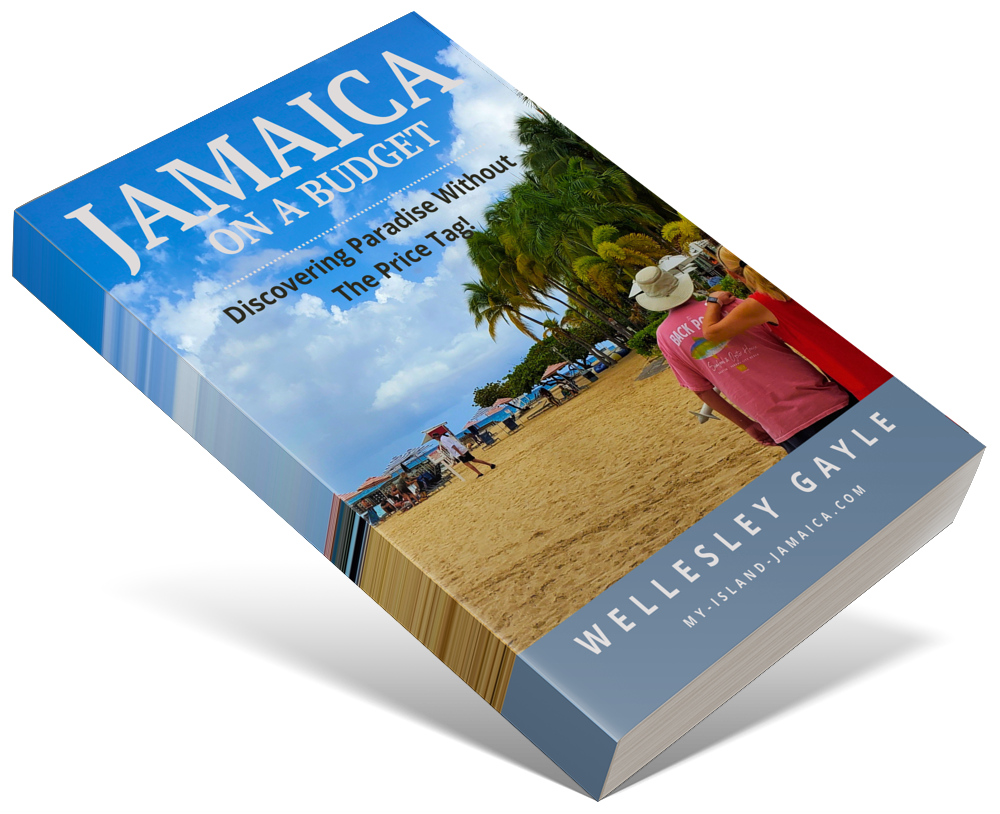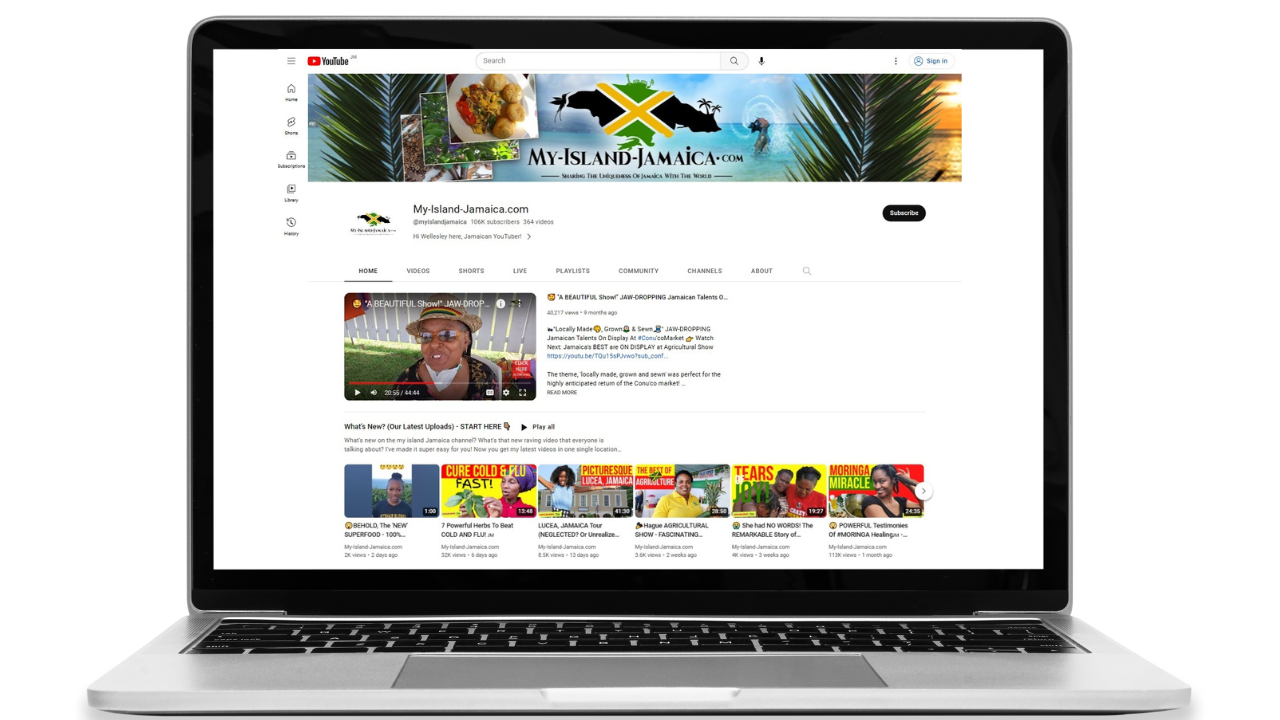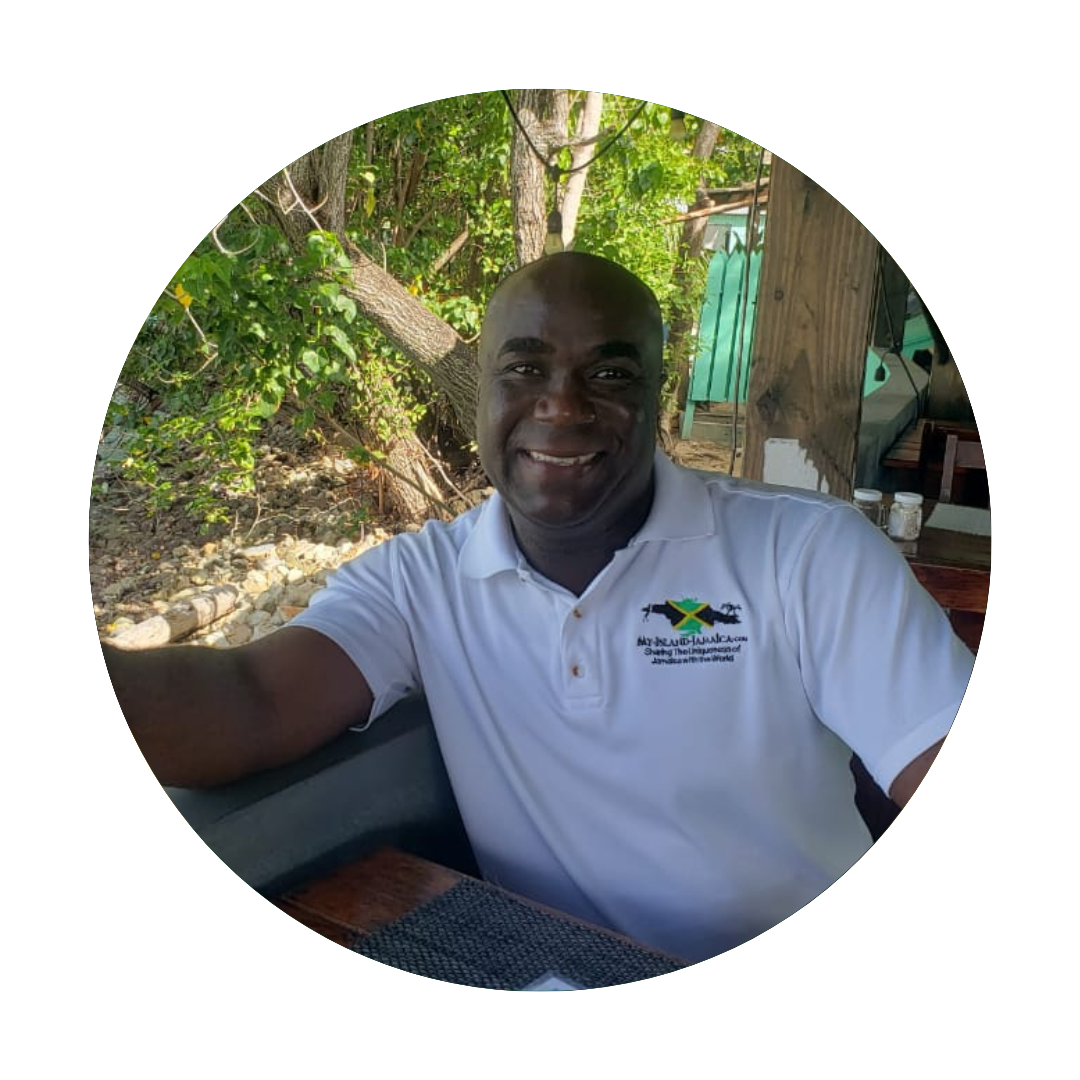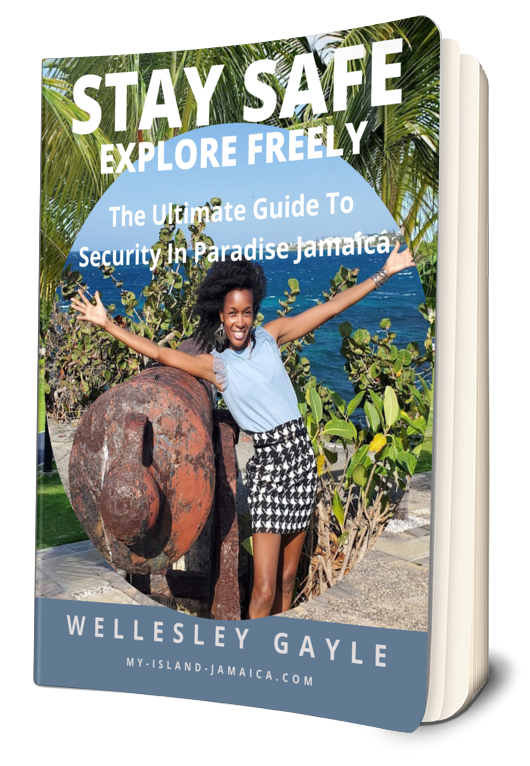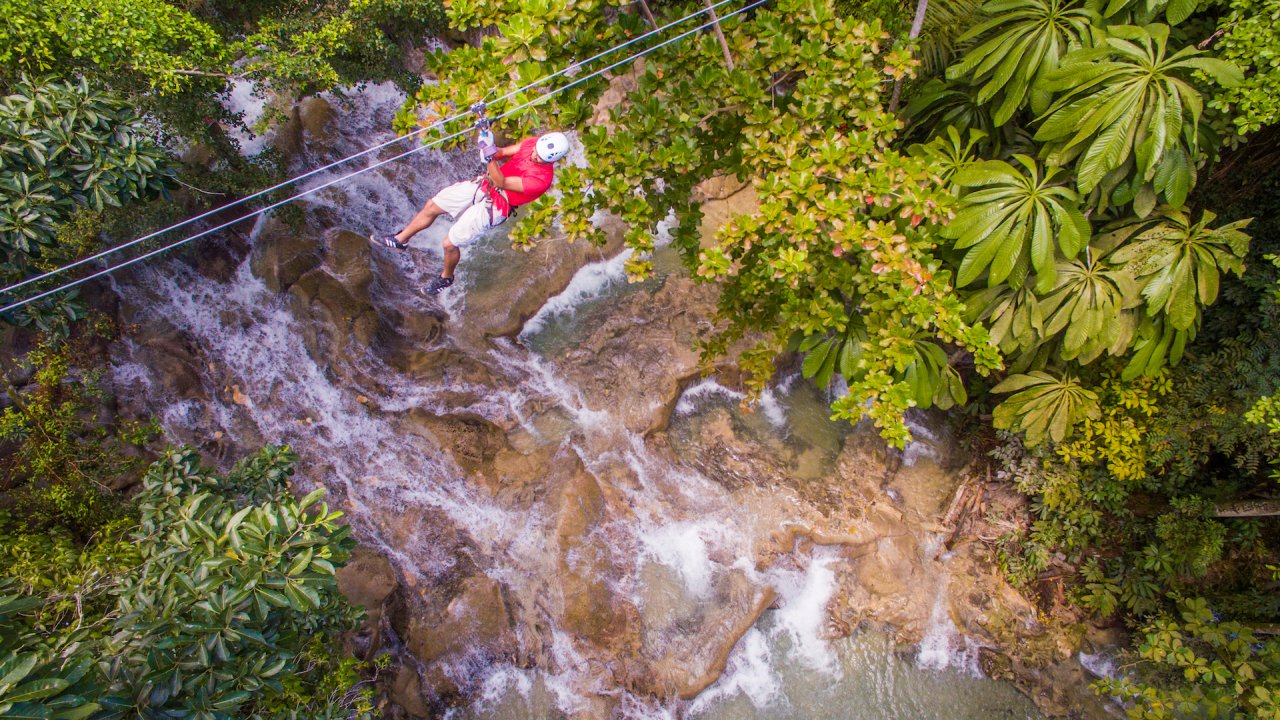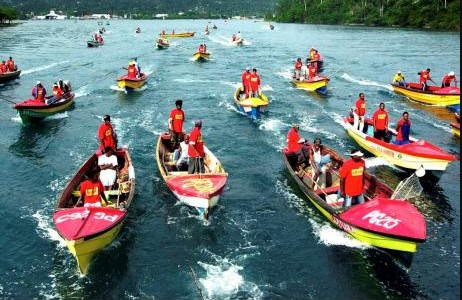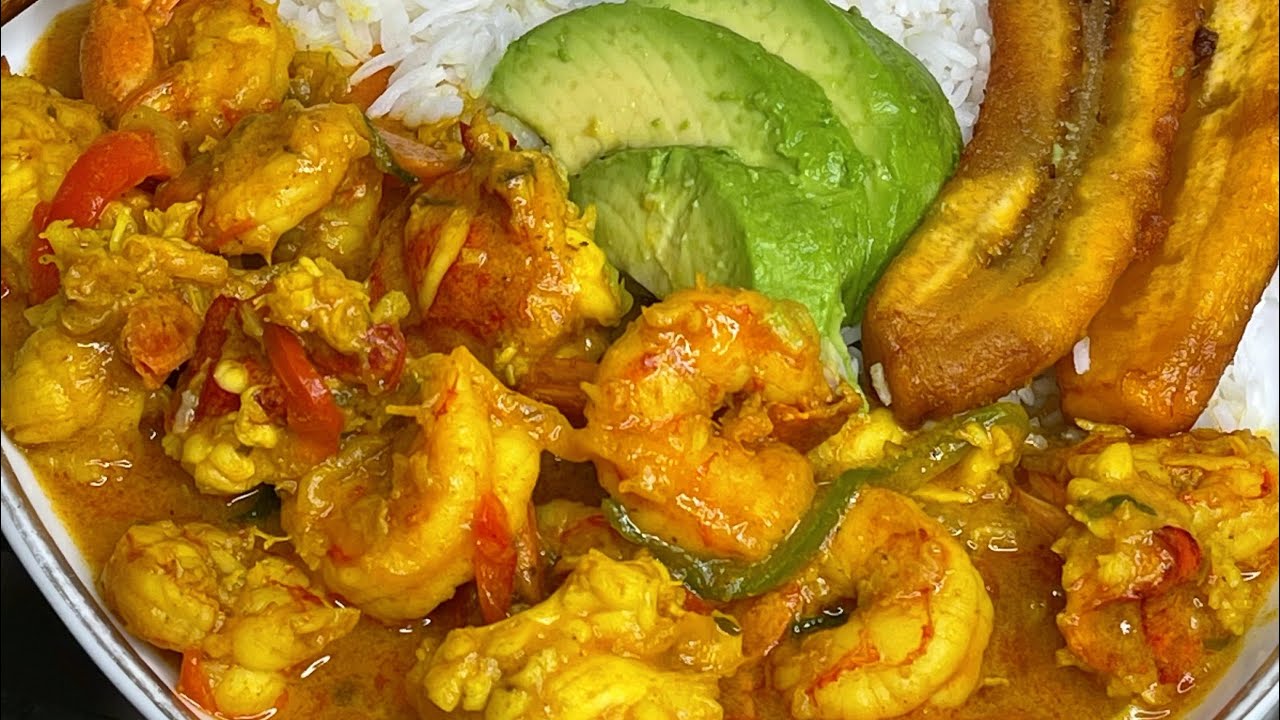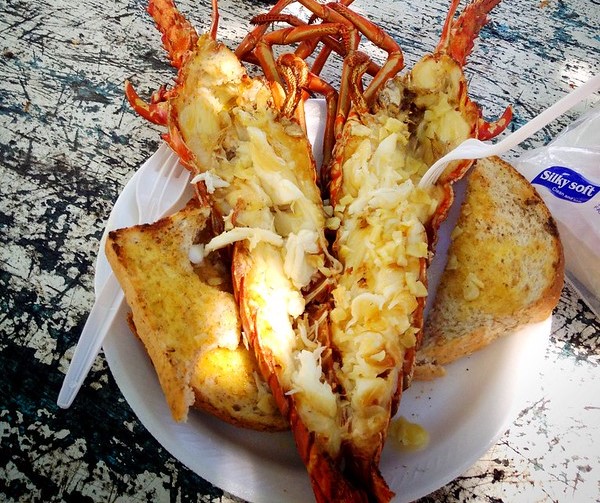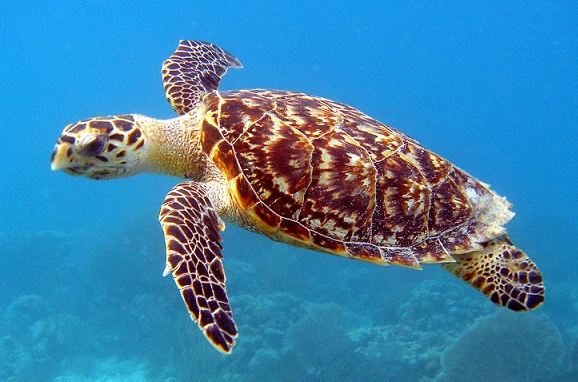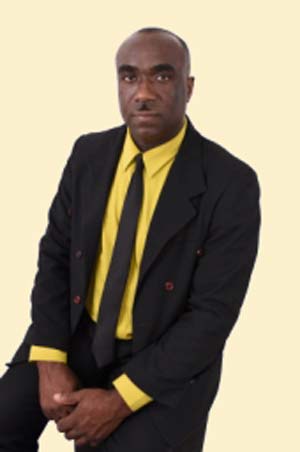Subscribe for all my updates and don't miss a thing! Sign me up!
Social Welfare In Jamaica - A Historical Perspective
by Barbara King
(UK and Jamaica)
Public Welfare
About 1874, 22 parishes were reduced to 14, vestries that ran local government were replaced by Parochial Boards, the Judicial system was changed, an up-to-date police force was formed and district courts were established.
Also the Anglican Church had to support itself as the Government discontinued to. The money available from previous funds for the church was invested in education. The Institute of Jamaica was founded to study literature, science, art and botanical gardens.
The Department for the Protection of East Indian Immigrants laborers became more organized as immigration had commenced again after a pause.
Branches of Government savings banks were established in parishes and the Island's medical department and Government medical services were established. The public works department was formed, cable communication with Europe was laid, transport was improved with the development of new roads and railways.
In Kingston, street cars drawn by mules and run on street rails were started. Legislation was passed for other immigrants to own land like British subjects, and enabled Americans to develop the banana trade.
In 1872 the capital city changed from Spanish Town to Kingston. Public amenities were improved including the water supply, fire services, gas works, Victoria Market, the pier and Parade Gardens. Health and social services on the Island improved and Morant Bay has the largest hospital in the the country.
Earlier in the 19th century disease was caused by bad sanitation. It led to typhoid, dysentry and cholera, smallpox, malaria and yellow fever that killed thousands. A free medical service was set up in the mid-19th century that included better quarantine arrangements and public health services.
Education
18th century donations were made to build schools by wealthy residents, that were for poor white or light-skinned children, although the donations were usually small amounts.
Some of the schools are still in use, such as Alley School, Manchester High School both of which were funded by Raines White in 1694. Manning School was established in 1738 at Savanna-la-Mar and was named after the founder. Another school set up at this time was Ruseas school in Lucea, Titchfield School was founded in Port Antonio.
In 1736 Wolmers School was established after a Kingston goldsmith left £2360 in his will to found a free school. Another school was set up in 1795 in the old St Ann's courthouse to become Jamaica's first free school at Walton, financed by Charles Drax a rich businessman initially to educate just 8 poor boys and 4 girls.
In 1973 a free education policy at secondary school level was introduced. Nowadays schools are financed by the Government, but in the early 1970's 50 new junior and secondary schools were built after obtaining a loan from the World Bank.
Primary education is now free and compulsory in some districts. A large amount of the budget annually goes to the Ministry of Education to finance the School of Agriculture, College of Arts, Science and Technology, the University of West Indies in Kingston and teacher training colleges.
Back in 1670 a woman called Lady Mico left £1000 for ransoms in her will to free poor Christians captured and enslaved by Algerian pirates of North America.
After a time, the Mediterranean was cleared of pirates, so there was nothing to use the money for, therefore it was invested and accumulated to £120,000 by 1827. It was this money that helped develop education in the British colonies, paying for the construction of schools and teacher training colleges.
Read more on colleges in Jamaica.
Dependent Territories
The dependent territories of Jamaica were the Cayman Islands, the Turks and Caicos group and Pedro and Morant Cays.
See: Where is pedro cays in Jamaica.
When Jamaica became independent the islands were no longer their dependents and are now British colonies. Industries on the islands include turtle fishing and boat building.
The salt industry is a major one in Turks and Caicos. Morant Cays and Pedro Cays are principally fishing centres and popular for eggs laid by sea birds, and sold as 'booby eggs'. Guano-droppings from birds are sold as fertilizer.
Editor's Note
Great research, thanks Barbara!
I also invite my readers to to read more on the history of Jamaica here.
Join in and write your own page! It's easy to do. How? Simply click here to return to Have_Your_Say.
New! Get My Latest Book👇🏿
|
You asked, I've answered! You no longer need to save for months or years, to enjoy paradise! I spilled the beans! sharing my top tips on finding cozy accommodations and secret gems, only the way a native could! Click Here to pick it up on my e-store and start saving now! |
See The Best Of Jamaica - In Videos!
|
My channel reaches over 140,000 subscribers worldwide and has leveraged over 11 million views, sharing, what I call 'The Real Jamaica'. Subscribe today and join our family of viewers. |
Read More ...
New! Experience The REAL Jamaica!
Book Your Private Tour here and experience Jamaica the way we (locals) do!
P.S. Didn't find what you were looking for?
Still need help?
Click Here to try our dependable and effective Site Search tool. It works!
Or, simply click here and here, to browse my library of over 500 questions and answers! Chances are someone already asked (and got an answer to) your question.
